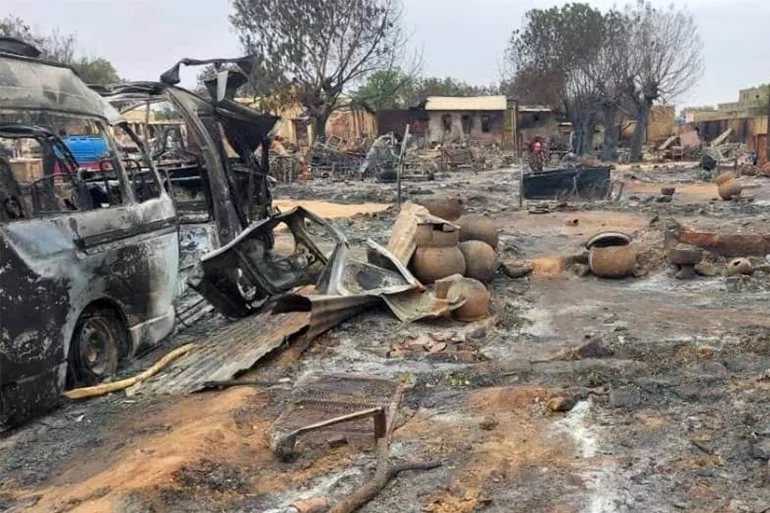Unraveling DR Congo’s Conflict: The Battle for Resources,
Power, and Stability
The mineral-rich eastern region of the Democratic Republic
of Congo (DRC) has endured over 30 years of instability, rooted in the
aftermath of the 1994 Rwandan genocide. This long-standing conflict involves
numerous armed groups vying for control of vast mineral wealth and power,
creating a humanitarian crisis and destabilizing the region.
The M23 and the Battle for Goma
The M23, a rebel group led by ethnic Tutsis, has recently
advanced into Goma, a critical city in eastern DRC. Goma, located near the
Rwandan border and Lake Kivu, is a major hub for trade and a gateway to mining
areas rich in gold, tin, and coltan — essential for mobile phones and electric
vehicles. While the rebels claim control over Goma, the Congolese government
insists its forces still hold key areas. The situation has led to hospitals
being overwhelmed and casualties mounting, with bodies lining the streets.
The M23 emerged in 2012, claiming to defend Tutsi rights and
accusing the DRC government of breaking previous peace agreements. Despite
initial victories, the group was defeated in 2013 and forced to disband.
However, they took up arms again in 2021, citing unfulfilled promises.
Rwanda’s Role
Rwanda has been accused of backing the M23 since 2012,
providing weapons and logistical support. A 2022 UN report alleged that up to
4,000 Rwandan troops were fighting alongside the rebels. Rwanda denies these
claims, accusing DRC of harboring the Democratic Forces for the Liberation of
Rwanda (FDLR), a Hutu militia linked to the 1994 genocide. Rwanda’s
interventions in DRC are often justified as efforts to eliminate the FDLR and
protect Tutsi communities in the region.
Mineral Wealth and Exploitation
The DRC accuses Rwanda of exploiting its conflict to loot
valuable minerals, particularly gold and coltan. UN reports suggest the M23 has
seized lucrative mining areas, with coltan smuggled into Rwanda. Despite
Rwanda’s denials, its mineral exports have reportedly surged, raising
suspicions about the origin of these resources.
International and Regional Interventions
The UN peacekeeping mission, Monusco, has been active in the
DRC since 1999 but is widely criticized for its ineffectiveness. While its
Force Intervention Brigade helped defeat the M23 in 2013, the mission has
struggled to halt recent rebel advances. Regional forces, including those from
South Africa and Malawi, have also failed to stem the conflict, with soldiers
killed in clashes.
Efforts to mediate peace, including a ceasefire brokered by
Angola, have largely collapsed, leaving the region in turmoil. The conflict
continues to displace millions and exacerbate poverty, as both DRC’s government
and international actors struggle to find lasting solutions.
A Complex Legacy
The roots of DRC’s conflict lie in a tangled web of ethnic
tensions, resource exploitation, and historical grievances. As the fighting
persists, it highlights the enduring challenges of governance, regional
diplomacy, and the exploitation of Africa’s natural wealth.










.jpg)